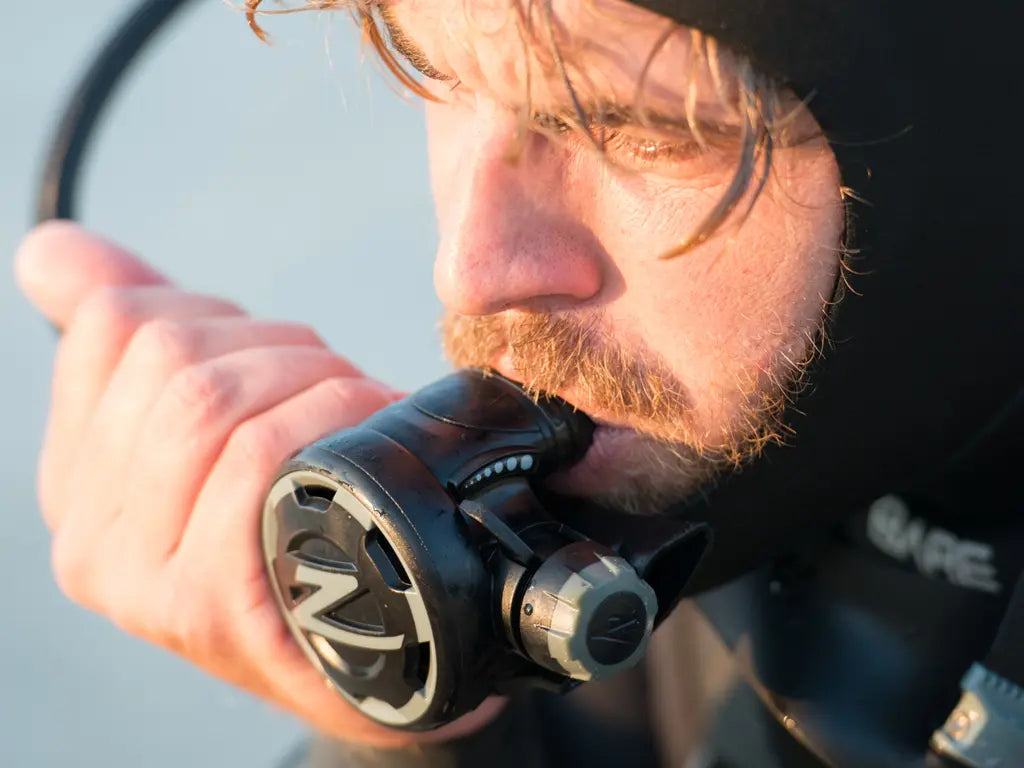By René Petterson, f or Frivannsliv

Many divers choose not to dive in the cold season. They do not want to deal with winter fleece, trade-offs with more clothing under the suit and the low temperatures. Below we have collected some good tips that may be good to take with you when you bring your diving equipment out of winter hibernation.
1.
Service: Most newer breathing valves have a 2-year service interval or 100 dives. Diving bottles must be pressure tested 3 years from the date of manufacture and every two years thereafter. When was your equipment last serviced? If you find it difficult to keep track of service, you can register your valves here , and we will send you a notification when service is approaching.
2.
Look over rubber parts: Stretch the mesh strap, look for cracks. Bend all the hoses so that the rubber stretches a little and check for damage or cracks. Most manufacturers recommend replacing hoses at 5-year intervals. The production date is usually printed on the hose or pressing.
3.
Check straps, pressure test BCD: Check BCD/Harness for damage, check buckles for cracks or deformation. Inflate the BCD and see that it maintains pressure for more than an hour.
4.
Check the condition of the cuffs and zip: Go over the cuffs of the dry suit. Stretch the cuffs, look for cracks. Latex cuffs that start to become sticky, chipped, or take a long time to return to their original shape are at the end of their useful life.
5.
Check the battery on lights and computer: Arriving at the dive site and finding out that your computer or light are out of battery can really ruin your diving day. Check that you do not have any battery alerts on your computer. Put the lantern on charge, possibly change the computer's battery and you will avoid experiencing this.

